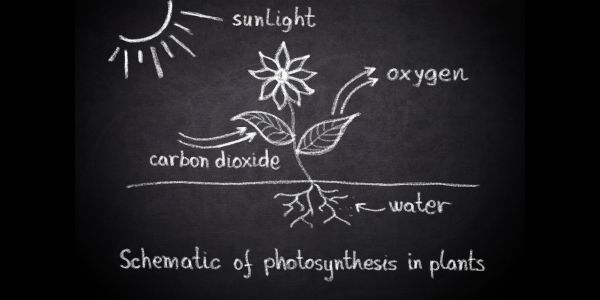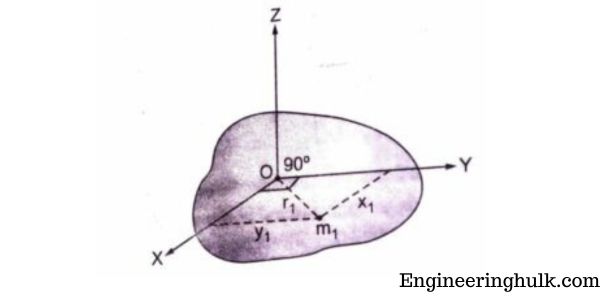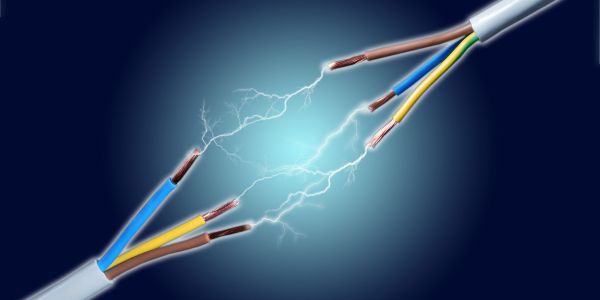Table of Contents
Introduction
Bitcoin, the world’s first decentralized cryptocurrency, has gained significant popularity since its inception in 2009. While most people are familiar with Bitcoin as a digital currency, many are unaware of the underlying process that powers it – Bitcoin mining.
Understanding Bitcoin Mining
Bitcoin mining is the process through which new bitcoins are created and transactions are verified and added to the blockchain ledger. It involves solving complex mathematical puzzles using powerful computers, known as miners. The objective is to find a specific value, known as a “hash,” that satisfies certain criteria and allows the miner to add a new block to the blockchain.
The Role of Miners
Miners play a crucial role in the Bitcoin network. They dedicate their computational power to validate and secure transactions, ensuring the integrity of the entire system. By solving mathematical puzzles, miners compete with each other to be the first to find a valid hash and receive a reward in the form of newly minted bitcoins.
Mining Hardware and Software
Bitcoin mining requires specialized hardware and software. Miners often use powerful computer systems equipped with Application-Specific Integrated Circuits (ASICs) designed solely for mining purposes. These ASICs are significantly more efficient than traditional CPUs and GPUs, enabling miners to perform complex calculations at a much higher speed.
Additionally, miners utilize mining software that connects their hardware to the Bitcoin network. The software allows miners to communicate with other nodes in the network, receive new transactions, and solve the mathematical puzzles required for mining.
The Mining Process
The mining process begins with the compilation of pending transactions into a block. Miners collect these transactions and create a candidate block, which includes a reference to the previous block, a timestamp, and other relevant information. The miners then start hashing the candidate block using cryptographic algorithms such as SHA-256.
To find a valid hash, miners employ a trial-and-error method, changing the input values known as “nonce” until they discover a hash that meets the predefined criteria. The criteria are established by the Bitcoin protocol and include a specific number of leading zeros in the hash. Once a miner finds a valid hash, they broadcast it to the network for verification.

Mining Difficulty and Rewards
To maintain a consistent rate of block creation, the Bitcoin protocol adjusts the mining difficulty level approximately every two weeks. The difficulty level is a measure of how hard it is to find a valid hash. As more miners join the network or upgrade their hardware, the difficulty level increases to ensure that new blocks are added roughly every 10 minutes.
As mentioned earlier, miners who successfully mine a new block are rewarded with newly minted bitcoins. This reward, known as the block reward, halves approximately every four years in an event called the “Bitcoin halving.” Currently, the block reward is 6.25 bitcoins per block.
Energy Consumption and Environmental Impact
Bitcoin mining requires substantial computational power, leading to high energy consumption. This aspect has raised concerns about the environmental impact of Bitcoin mining, as it primarily relies on fossil fuel-based energy sources in some regions. However, it’s worth noting that the industry is actively exploring alternative energy sources and more efficient mining techniques to mitigate these concerns.
The purpose of Bitcoin mining
1. Transaction Verification:
Bitcoin mining plays a crucial role in verifying and validating transactions within the network. When a user initiates a Bitcoin transaction, it is broadcasted to all the nodes in the network. Miners, as participants in the network, collect these transactions and bundle them into blocks.
By solving complex mathematical puzzles through computational power, miners verify the transactions and ensure their accuracy and legitimacy.
2. Network Security:
Bitcoin mining is essential for maintaining the security of the network. The process of mining involves solving mathematical puzzles using computational power, known as Proof of Work (PoW). This mechanism prevents malicious actors from tampering with the blockchain and provides protection against double-spending. It ensures that transactions are confirmed by a consensus of miners and adds a layer of trust to the network.
3. Creation of New Bitcoins:
Bitcoin mining is responsible for the creation of new bitcoins. Miners who successfully mine a new block are rewarded with a certain number of newly minted bitcoins, known as the block reward. This serves as an incentive for miners to contribute their computational resources to the network and secure the blockchain.
Currently, the block reward is 6.25 bitcoins per block, but it halves approximately every four years in an event called the “Bitcoin halving.”
4. Distributed Consensus:
Bitcoin mining facilitates the decentralized consensus mechanism within the network. As miners solve complex mathematical puzzles, they compete to be the first to find a valid hash and add a new block to the blockchain. The majority of miners need to agree on the validity of a block for it to be accepted by the network.
This distributed consensus ensures that no single entity has complete control over the network and prevents any individual or group from manipulating the system.
5. Network Stability:
The mining process helps maintain the stability of the Bitcoin network. As more miners join the network or upgrade their hardware, the mining difficulty level adjusts approximately every two weeks. This dynamic adjustment ensures that new blocks are added to the blockchain at a relatively constant rate, approximately every 10 minutes. The stability of block creation contributes to the overall reliability and functionality of the network.
Also, read Quantum computing
































Comment on “Bitcoin Mining: What Is It & How Does It Work?”
Comments are closed.